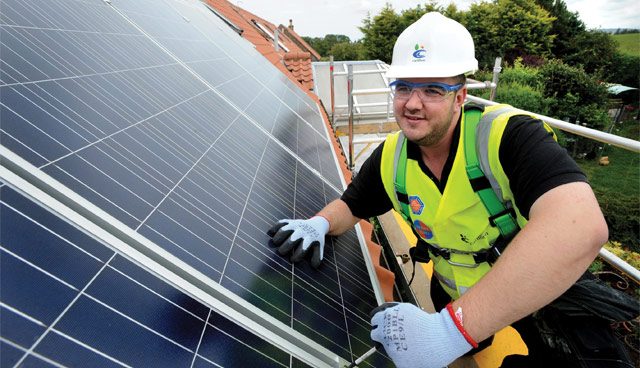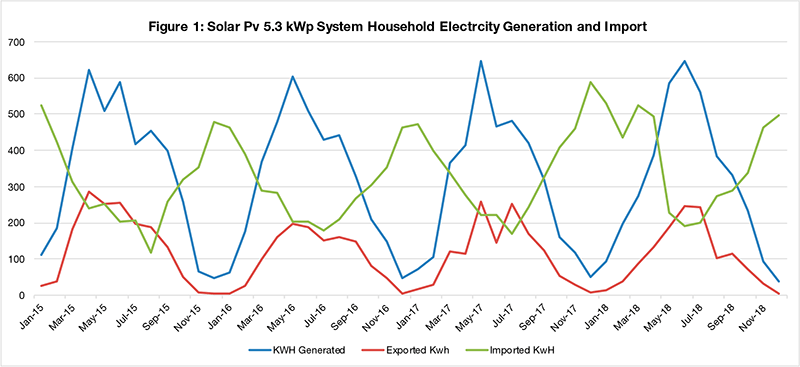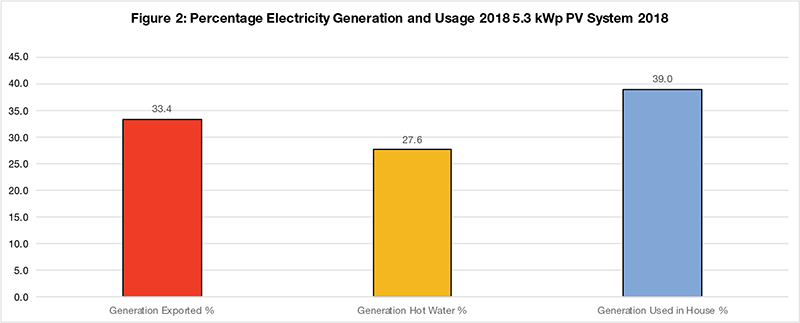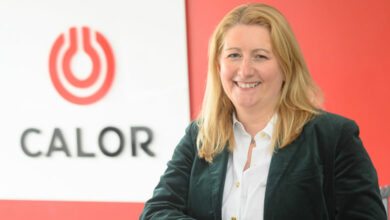The Utility of Solar Photovoltaic Panels at 55 Degrees North

Sean MacIntyre, Senior Lecturer, Belfast School of Architecture and the Built Environment, Ulster University, discusses the role of solar in ambitions for net zero carbon.
One of the last pieces of legislation enacted by Theresa May’s Government was the introduction of The Climate Change Act 2008 (2050 Target Amendment) Order 2019. This Order set a target for the net UK carbon account for the year 2050 to be 100 per cent lower than the 1990 baseline, changing the Climate Change Acts initial 80 per cent reduction goal, this new target has become known as “net zero carbon”.
The UK has just over 30 years to achieve this net zero objective, which amounts to an 87 per cent reduction in CO2 emissions compared to 2017 levels. Its attainment will necessitate societal, behavioural and technological changes, in the ways and extent to which we generate and consume energy. The Committee for Climate Change report, that in part prompted the adoption of the Net Zero target, foresees the “extensive electrification, particularly of transport and heating, supported by a major expansion of renewable and other low-carbon power generation”. Currently in the domestic heating sector in the UK “less than 5 per cent of energy used for heating homes and buildings comes from low-carbon sources,” yet the report envisages that “heat for buildings should be decarbonised across the building stock”.
Solar Photovoltaic (PV) is a mature technology and its adoption has increased dramatically in the last decade while the price of domestic PV systems has halved over the same period. A PV 4 kWp system now costs approximately £4,000 and because of this and its comparative ease of installation, it is very likely to have a role in achieving the net zero target.
At a latitude of 55 degrees north, Northern Ireland is not renowned for its sunny climate, given this, locally what contribution can domestic solar PV make to reducing residential energy bills and contributing towards net zero carbon?
The energy output of PV is dependent on the amount of sunlight striking the panels and this varies on both a seasonal and daily basis. A detailed study of a local PV installation revealed that a 5kWp system will generate sufficient electricity to meet household needs typically between the months of March and September (see Figure 1).
While PV electricity generation can exceed usage for six months of the year dependent on the weather, this does not mean that households are not reliant on the electricity network for this period. In most households the energy generated cannot be stored and must be either used when generated or exported. The challenge is to maximise household PV generated electricity usage and minimise export to the electricity network. This can be achieved via a combination of behavioural changes, e.g. turning on appliances during daylight hours, when the sun is shining and energy storage either as hot water or in batteries. The technology to convert excess electricity generated by PV into hot water is both proven and inexpensive at £230. It operates by automatically switching on the dwellings hot water tank immersion heater once the amount of electricity being produced exceeds household needs. When household electricity needs exceed PV generation the immersion is automatically switched off.
Figure 2 shows the extent to which this technology uses excess electricity to provide household hot water. In this example the technology converted 28 per cent of energy produced into hot water, that would otherwise have been exported to the grid. It also means that during the summer months a substantial proportion of household hot water needs can be met by renewable energy, at no additional cost.
While water heating uses some of the excess electricity in the example, 33 per cent of the electricity generated was still exported to the grid. Yet with the installation of battery technology this figure could be reduced further and would enable the excess electricity generated to be available during the evening and night when the PV is not generating. However, battery storage systems currently start at a price of £5,000 so are a considerable investment.
In terms of household electricity savings, a 5kWp PV system can reduce annual bills by around 35 per cent and in the period between May through to September household electricity costs will be approximately £1 per day.
Despite the climate in Northern Ireland solar PV has the potential to make a considerable contribution to renewable electricity generation, reducing electricity bills and positively impacting on fuel poverty levels. However, the uptake of solar PV systems in the province is not currently extensive. There are approximately 23,000 PV installations, the vast majority small systems on residential properties, but this amounts to less than 3 per cent of the housing stock as there are roughly 770,000 dwellings in the province. In addition, anecdotally the number of PV systems being installed in the province has markedly declined since the ending of the Northern Ireland Renewables Obligation scheme, in March 2017. The installation rate is also likely to remain low for the foreseeable future, in the absence of government incentives to encourage uptake.
In the Irish Republic, a Solar Energy Grant rebate scheme is currently available to incentivise the installation of small-scale renewables. In relation to Solar PV a €700/kWp rebate is currently available for systems up to 2 kWp or if a battery is included, systems up to 4kWp with an additional €1,000 available towards the battery cost.
The introduction of the net zero carbon 2050 target gives a clear legislative and policy context for the Northern Ireland Executive to implement carbon reduction and the electrification measures. However, PV’s potential utility is unlikely to be realised in the absence of either a financial incentive scheme for existing households to adopt the technology or conceivably through legislation to require its incorporation in new housing. For example, consideration should be given to possible amendments to the Building Regulations requiring the inclusion of PV systems and water heaters, together with the installation of large hot water storage tanks (250 to 300 litre capacity) to act as thermal stores in new houses. These measures would immediately reduce energy bills and carbon emissions for residents and facilitate the future installation of air source heat pumps, which are likely to replace oil and gas boilers in the coming decades.
The 2050 net zero carbon target is not that distant and domestic solar PV will be one of the technologies employed to meet it, but of equal importance is that Northern Ireland has the necessary legislative, policy and financial structures in place to enable and facilitate the decarbonisation of our society. It would be helpful if these measures were in place sooner rather than later.







